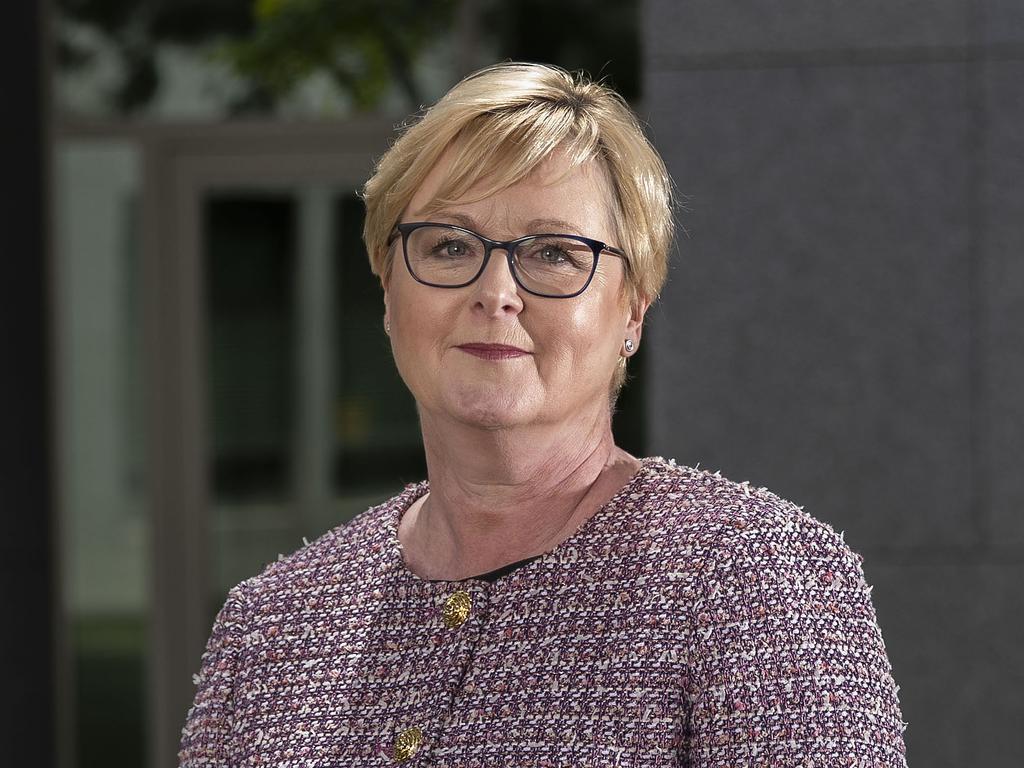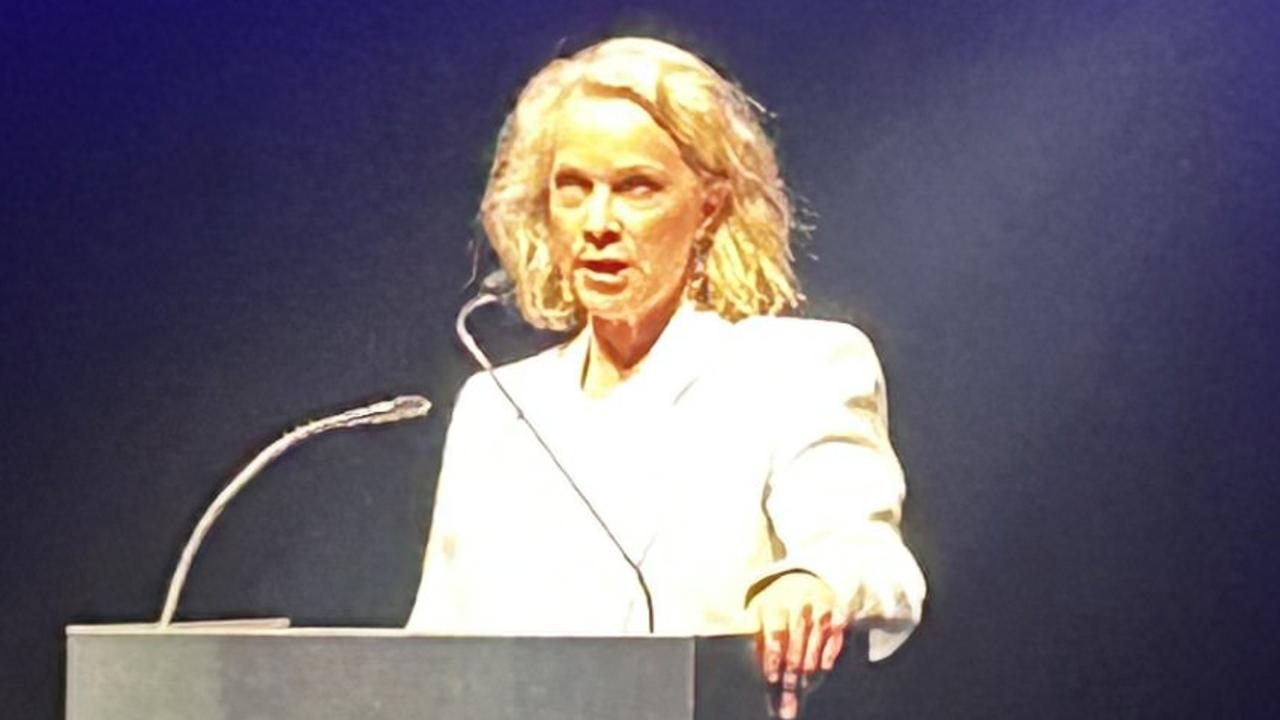Act early on autism for NDIS savings
Every dollar invested in early therapy for babies displaying autism signs can return $3 to the $34bn a year National Disability Insurance Scheme, new research shows.

Every dollar invested in early therapy for babies displaying autism signs can return $3 to the $34bn a year National Disability Insurance Scheme, one of the government’s biggest spending programs, new research shows.
The groundbreaking therapy, which has been shown to reduce early developmental disability to the point where a clinical autism diagnosis is two-thirds less likely, would save the NDIS $75m for every 1000 children diverted from the scheme, University of South Australia health economist Leonie Segal, the study’s lead author, said.
Even that is conservative, covering only support costs to the NDIS until a child turns 13 and not taking into account broader economic impacts such as savings to the health and education systems and allowing parents to undertake more work, Professor Segal said.

The research paper examines the potential economic flow-on of a therapy developed by a team led by Andrew Whitehouse, professor of autism research at Telethon Kids Institute, and the University of Western Australia that focused on infants at about 12 months old showing early behavioural signs of autism such as reduced eye contact, lack of imitation or limited response to being called by name.
Rather than therapies being directed at the babies, parents are taught techniques to interact with their child to build social interaction and engagement at the time a baby’s brain is developing most rapidly.
An analysis of the program found that at age three, the age autism is typically diagnosed, just 7 per cent of infants who had undertaken the early intervention therapy received a formal diagnosis of autism compared with 20 per cent for the control group who had no therapy.
The new study, published in the prestigious JAMA Network Open, calculates the estimated savings to the NDIS for each dollar invested in such therapy to be $3.08.
The findings have implications for the future financial sustainability of the NDIS, which is budgeted to cost $34bn this year, rising to $90bn by 2032. As the May budget approaches, Jim Chalmers has flagged NDIS costs as one of his key budgetary concerns.
Children with a diagnosis of autism are turbocharging the growth in overall scheme numbers, now sitting at more than 585,000.
There were 92,000 children aged under six on the NDIS, and another 140,000 aged 7-14 as at December. More than half the 266,000 participants aged 18 and under have an autism diagnosis. About one in 10 of all boys aged 5-7 are now on the NDIS.

The Australian has reported growing concerns that young children are being diagnosed with more severe autism than their characteristics warrant to give them a greater chance of securing a place on the NDIS, piling pressure on scheme costs.
NDIS Minister Bill Shorten acknowledges there is “an issue that the diagnosis is following the money” and children with a learning delay are being badged as having autism to get them on to the scheme in the absence of other support.
Mr Shorten said the National Disability Insurance Agency, which administers the NDIS, was “exploring opportunities to work with the Telethon Kids Institute to assess how (this) research can be used to better support infants showing early behavioural signs of autism.”
Professor Whitehouse said the study of the potential economic impact of his research had “enormous” implications for children with autism, their families and the financial sustainability of the NDIS. “At the moment, it is the diagnosis (of autism) that is the trigger for NDIS eligibility, but this study shows there is huge potential value in therapy prior to a diagnosis,” he said.

“That value is not only to the individual and their family in terms of future quality of life, but there are broader societal benefits through reduced future spending in later childhood and adulthood on health, education, disability services and income support.”
Professor Segal said the report took a conservative approach to calculating the economic value of early intervention. “The average NDIS cost for a child with an autism diagnosis is $18,000 for 0-6 year olds, $15,640 for 7-14 year olds and $28,800 for 15-18 year olds. If the results of the early intervention study hold up … into adulthood, the downstream cost savings would be much greater.”







